Surprising facts about Urdu script you haven’t heard before
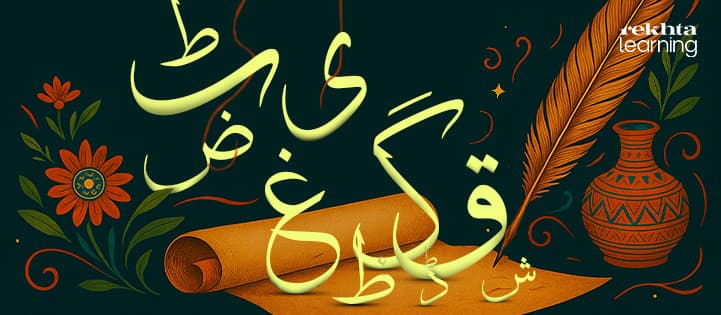
Most languages in the world have a written form, known as a script. For example, English uses the Roman script, while Sanskrit and Hindi are written in Devanagari.
Urdu, too, has its own script, one that flows across the page like intricate calligraphy. But beyond its artistic beauty lies a story shaped by cultural confluence, historical evolution, and structural innovation. From the way its letters transform inside words to lesser-known facts about its writing style, the Urdu script is much more than a set of symbols. It’s a reflection of history, identity, and sound.
Here are some fascinating facts about the Urdu script that you may not have come across before:
1. Urdu is written in the Perso-Arabic script
Urdu is written in the Perso-Arabic script, which means that its writing system evolved from Arabic through Persian before being adapted for Urdu. However, Urdu didn’t just adopt the script as-is. It modified it to suit its own phonetic needs.
To accommodate the sounds found in South Asian languages but missing from Arabic and Persian, Urdu introduced new letters, thereby expanding the script's capability. Over time, this adaptation gave Urdu its own distinct identity, even within the broader family of scripts that use Arabic roots.
- Suggested Course
Introduction to Urdu Language, Literature and Culture
2. Nastaliq is not the name of the Urdu script
One of the most common misconceptions is that Urdu is written in the Nastaliq script. In reality, Nastaliq is not a script, it's a font style or calligraphic style.
The script Urdu uses is Perso-Arabic, while Nastaliq is the most popular way of rendering that script. It is characterized by its elegant, flowing, and slanted appearance, often seen in poetry and traditional texts.
Another style you may encounter is Naskh, a more linear and upright style of writing, commonly used in Arabic texts and often seen in digital and printed content for clarity.
Both Nastaliq and Naskh are fonts, and not the actual name of the script.
3. Urdu letters break and transform based on their position
Unlike English, where letters retain a fixed form, Urdu letters change shape depending on their position within a word. These different forms are known as allographic shapes.
A single Urdu letter can have up to four distinct forms:
- Isolated (when the letter stands alone)
- Initial (at the beginning of a word)
- Medial (in the middle)
- Final (at the end)
.jpg)
4. Urdu has multiple letters for the same sound
One of the most intriguing features of the Urdu script is that it often has multiple letters representing the same sound. For instance:
- The sound “z” is represented by: ز، ذ، ض، ظ
- The sound “s” is represented by: س، ث، ص
While these letters originally had different pronunciations in classical Arabic and Persian, in contemporary Urdu, they are phonetically identical. However, their use in writing is determined by etymology and convention, which means the correct letter must often be memorized.
This feature adds to the richness of Urdu vocabulary and maintains its deep connections to Arabic and Persian roots.
5. Urdu added several letters to reflect its unique sounds
When Persian adopted the Arabic script, it added letters like پ (pe), چ (che), and ژ (zhe) to represent sounds not found in Arabic.
Urdu followed a similar path, but went even further. It introduced additional letters such as:
- ٹ (Te)
- ڈ (Daal)
- ڑ (.De)
These retroflex sounds are common in Indic languages and are essential for accurately representing spoken Urdu. So, Urdu has a unique mix of letters that can easily represent the sounds of Arabic, Persian and Indic languages simultaneously.
So, this was an introductory look into the unique world of the Urdu script: its origins, structure, and the subtle details that make it unlike any other. From added letters to represent Indian sounds to multiple symbols for the same phonetic value, every feature of the script tells a story of cultural blending and linguistic evolution.
If this sparked your curiosity and you’d like to explore more about Urdu’s language, literature, and writing systems, check out our courses linked in the blog. There’s a whole world of Urdu waiting to be discovered!
- 0 in-depth courses
- 0+ lessons
- 1 year unlimited access
- Unbeatable discount
- Watch on any device
- Get certified
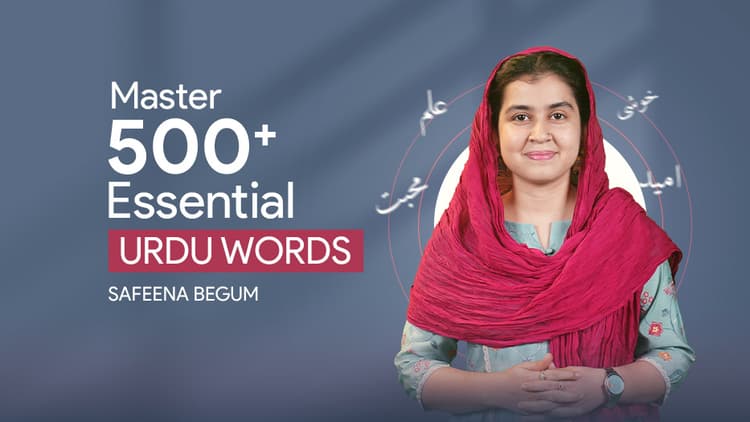
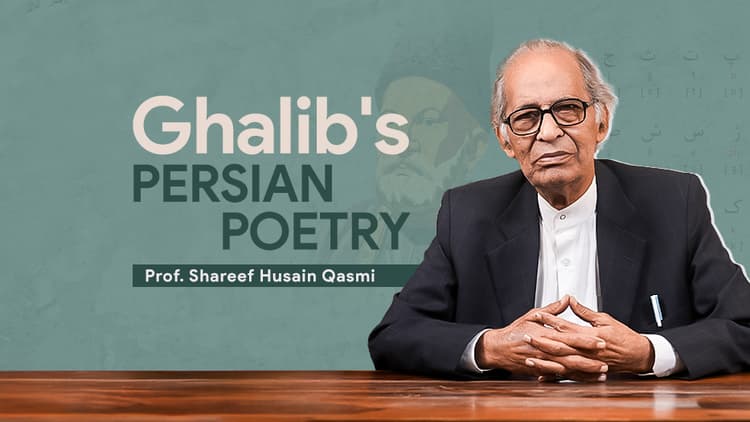
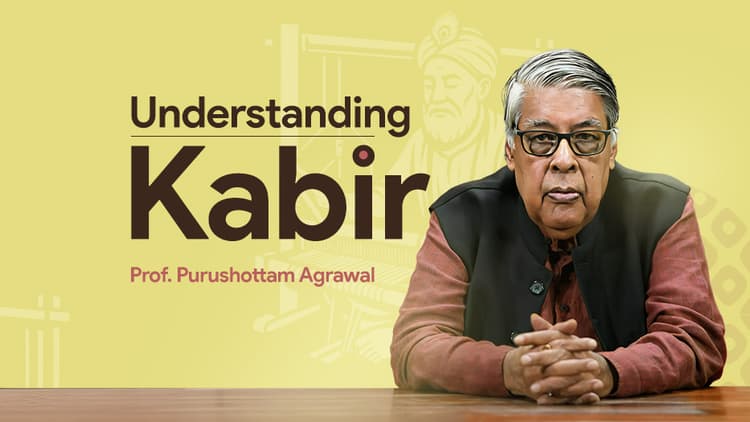
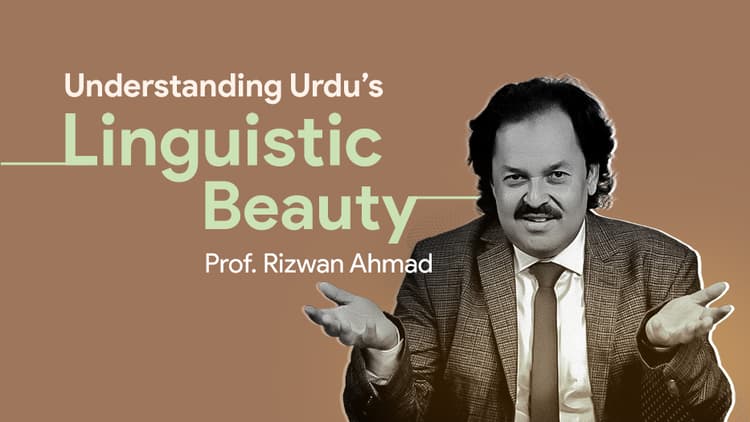


.jpg&w=750&q=75)
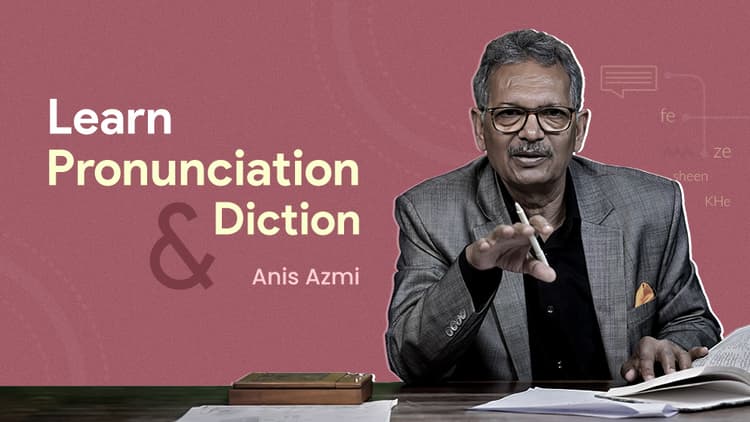
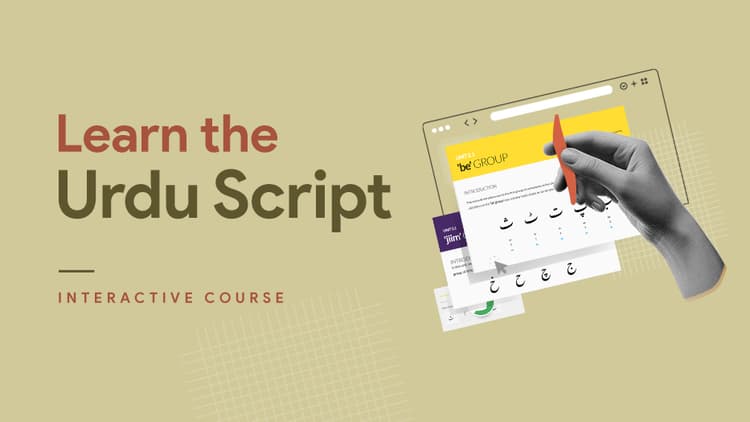

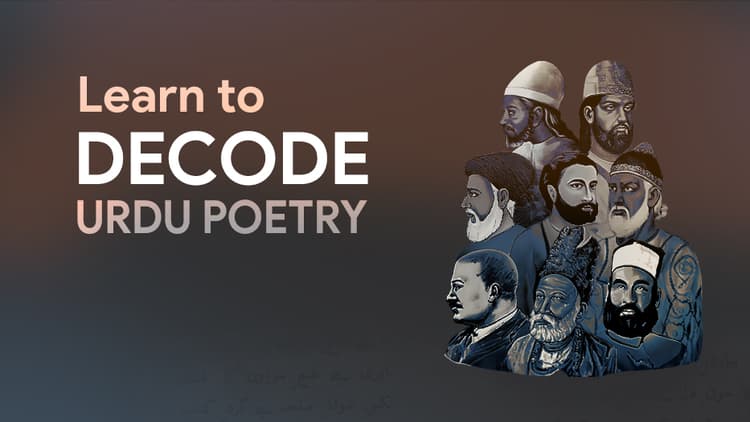
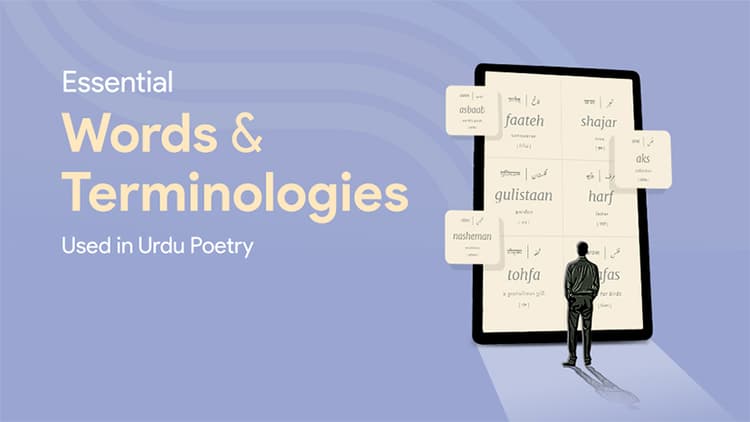



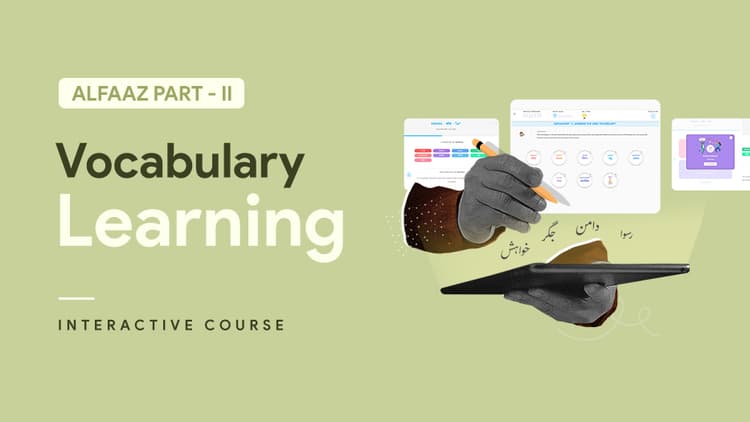




.jpg&w=828&q=75)

















Comments